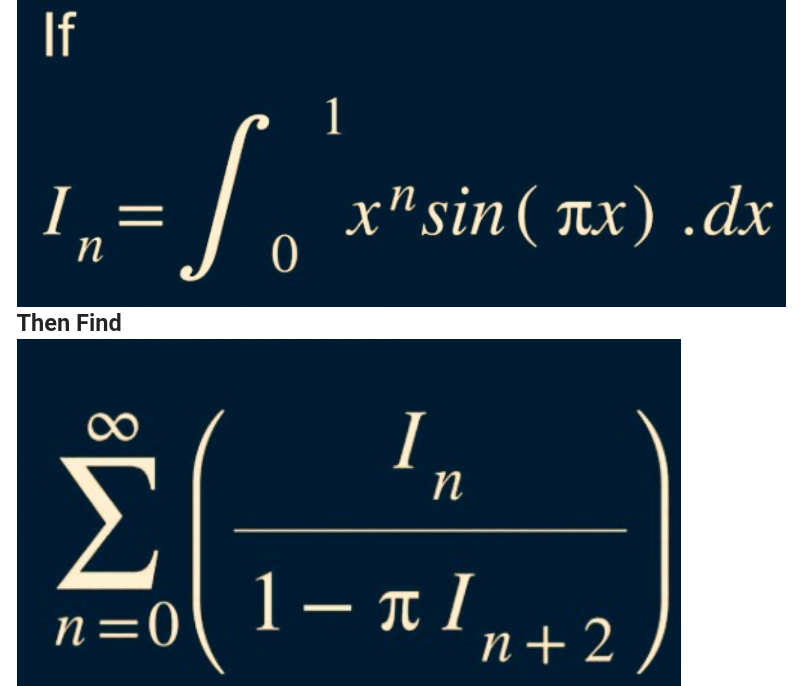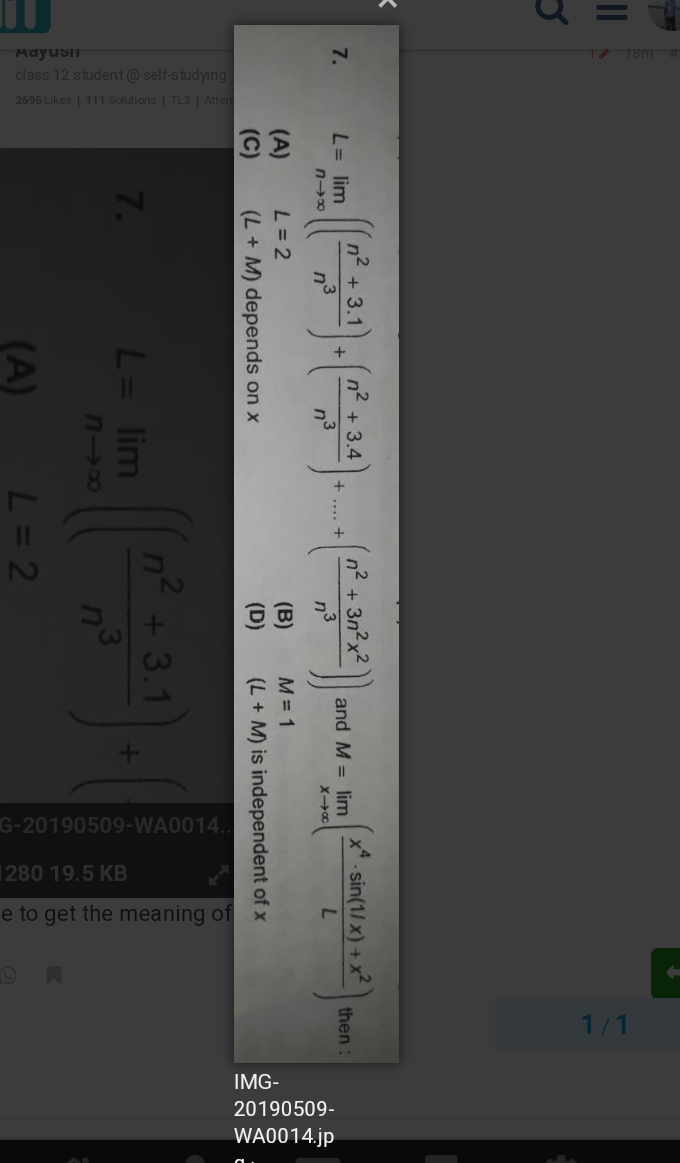
AllQuestion and Answers: Page 1516
Question Number 59563 Answers: 2 Comments: 1

Question Number 59528 Answers: 0 Comments: 5
Question Number 59526 Answers: 1 Comments: 1
Question Number 59518 Answers: 1 Comments: 1
Question Number 59516 Answers: 1 Comments: 0

Question Number 59515 Answers: 0 Comments: 0

Question Number 59509 Answers: 2 Comments: 0

Question Number 59506 Answers: 1 Comments: 4

Question Number 59505 Answers: 2 Comments: 0
Question Number 59503 Answers: 0 Comments: 1
Question Number 59499 Answers: 1 Comments: 3

Question Number 59483 Answers: 0 Comments: 0

Question Number 59482 Answers: 0 Comments: 0

Question Number 59478 Answers: 2 Comments: 0
$$\mathrm{x}^{\mathrm{4}} +\mathrm{x}^{\mathrm{2}} +\mathrm{16}=\mathrm{0} \\ $$
Question Number 59474 Answers: 1 Comments: 3
Question Number 59459 Answers: 0 Comments: 1

Question Number 59452 Answers: 0 Comments: 2
Question Number 59442 Answers: 1 Comments: 2
Question Number 59441 Answers: 1 Comments: 0

Question Number 59467 Answers: 0 Comments: 0
Question Number 59439 Answers: 0 Comments: 0

Question Number 59438 Answers: 0 Comments: 2

Question Number 59437 Answers: 1 Comments: 0

Question Number 59409 Answers: 0 Comments: 2

Question Number 59407 Answers: 1 Comments: 1

Question Number 59397 Answers: 0 Comments: 1
Pg 1511 Pg 1512 Pg 1513 Pg 1514 Pg 1515 Pg 1516 Pg 1517 Pg 1518 Pg 1519 Pg 1520
